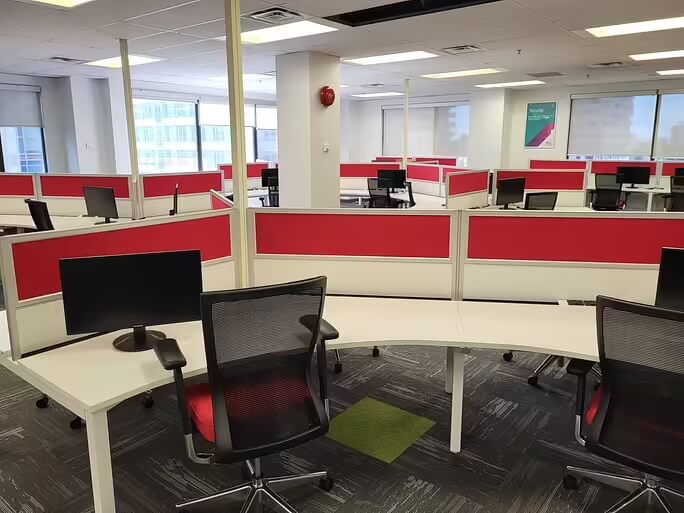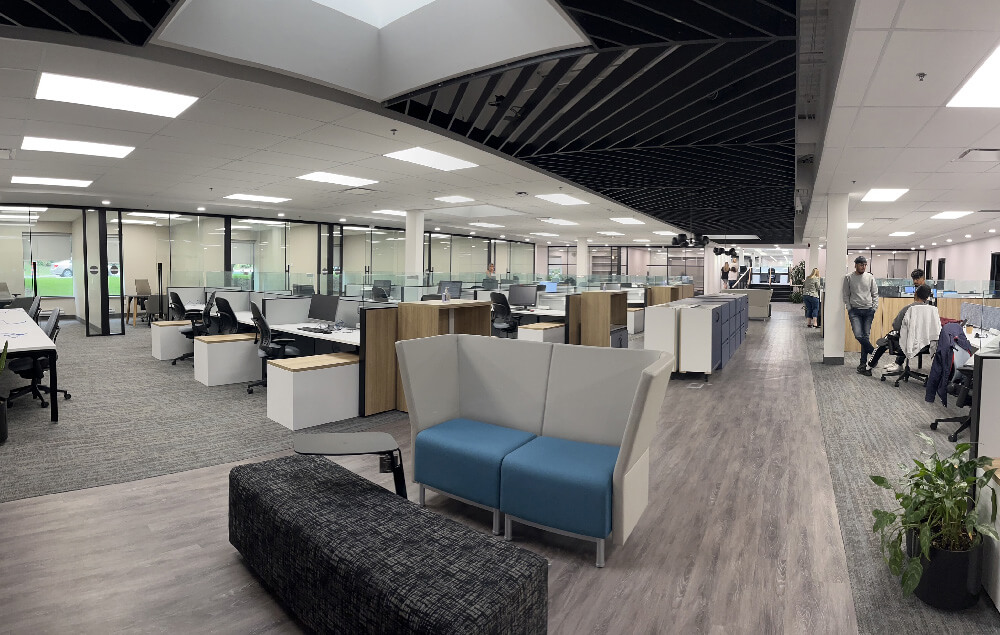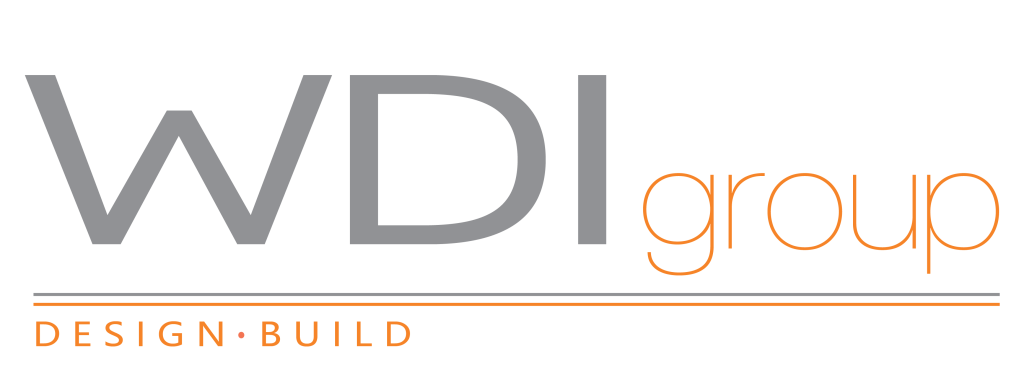Do You Have to Pay Back Tenant Improvement Allowance?

Tenant improvement allowance (TIA) is a common feature in a commercial real estate lease agreement. Tenant improvement allowances are when a landlord provides funding to the tenant to make improvements or modifications to the leased space.
This is a very attractive benefit for both the tenant and the landlord. When the tenant leaves the build out could work for the next tenant and has lasting value for the space.
In this post, we’re going to examine some of the details of TIAs, with a focus on questions about tenant improvement allowance repayment.
So, do you have to pay back tenant improvement allowance?
Whether a business has to pay back the tenant improvement allowance (TIA) depends on the deal terms in the lease agreement between the tenant and landlord. In some cases, the TIA may be structured as a loan that must be repaid over time. While in some cases, there are some TI allowances that don’t need to be repaid.
Tenant Improvement Allowance (TIA)
The terms and conditions of the TIA are typically negotiated between the landlord and tenant and are documented in the lease agreement. This allowance is typically expressed as a per square foot amount, meaning that the more square footage a tenant leases, the higher their tenant improvement allowance will be. This can be a valuable benefit for tenants, especially those who need to make significant modifications or upgrades to the space they’re renting.
The TIA may be provided as a lump sum payment at the beginning of the lease term or as a reimbursement for approved expenses incurred by the tenant during the term of the lease. In some cases, the TIA may be structured as a loan that must be repaid over time, usually with interest.
The TIA is an important component of a commercial lease and can help to offset the costs of tenant improvements, making it easier for tenants to customize the space to meet their specific needs and preferences.
The amount of the TIA is typically based on the estimated improvement costs and can be used to cover a wide range of costs including engineering fees, construction costs, data cabling, new plumbing, doors, improved windows, paint, process, design, engineering, permits, and other costs related to a build out.
TIA Structure
If the TIA is structured as a loan, the terms and conditions of the loan, such as the interest rate and repayment schedule, will be outlined in the lease agreement. In this case, the rent payments may also cover the repayment of the loan over time.
If the TIA is structured as a one-time payment, it may be subject to certain conditions or restrictions, such as a requirement to use the funds for specific purposes or to maintain the property in a certain condition. In some cases, you may be required to repay a portion of the TIA if you do not meet these conditions or if you terminate the lease early.
In general, it is important to carefully review the terms of a lease agreement, including any provisions the landlord agrees to regarding the TIA, before signing the lease. It is best to spend the legal fees and get a lawyer to review the contract.

What is Involved in Tenant Improvements?
Tenant improvements (TIs), also known as leasehold improvements, are modifications made to a rental property by a tenant to fit their specific needs and preferences. TIs can range from minor cosmetic changes to a full build out involving major renovations that completely transform the space into a whole new style of office space. Larger projects involve office construction and redesign with walls, HVAC, flooring and electrical being redone.
Here are some examples of tenant improvements:
- Walls: Building new walls or demolishing existing walls to create new rooms or spaces.
- Flooring: Replacing or upgrading the flooring, such as installing carpet, tile, or hardwood.
- Lighting: Upgrading the lighting fixtures to improve visibility or to create a particular atmosphere.
- HVAC: Installing or upgrading the heating, ventilation, and air conditioning systems to improve comfort and energy efficiency.
- Plumbing: Adding or modifying plumbing fixtures, such as sinks, toilets, or showers.
- Electrical: Adding or modifying electrical outlets, wiring, or circuits.
- Technology: Installing or upgrading audio/visual equipment, telecommunications systems, or security systems.
Tenant improvements typically require approval from the landlord and must comply with local building codes and regulations. The cost of tenant improvements is usually negotiated between the landlord and tenant and may be funded in whole or in part by a tenant improvement allowance (TIA) provided by the landlord.
Tenant Improvements & WDI Group
Are you considering a redesign of your office space? Look no further than the experts at WDI Group. Our team of specialists are dedicated to excellence in office construction and office design, ensuring that your workspace is tailored to meet your specific needs.
From turn-key build outs to complete construction transformations, we can handle every aspect of your project. With our strong relationships with suppliers, we can also manage all your office furnishing needs in a cost-effective manner. Contact us today to learn how we can help transform your current office space into an efficient and inspiring workspace.

